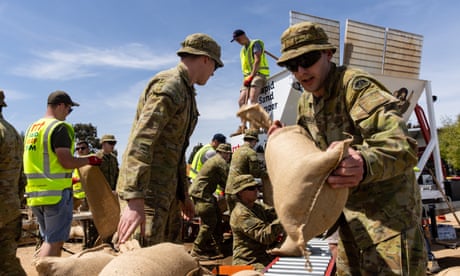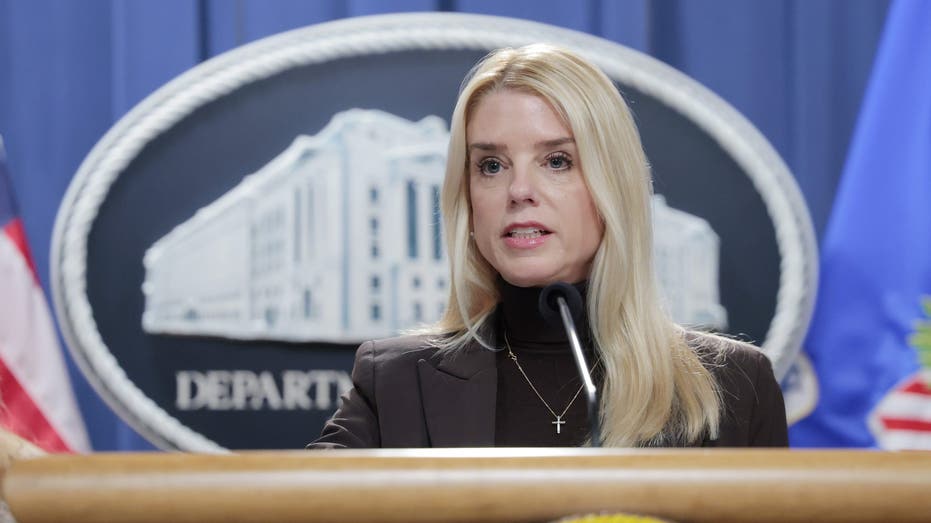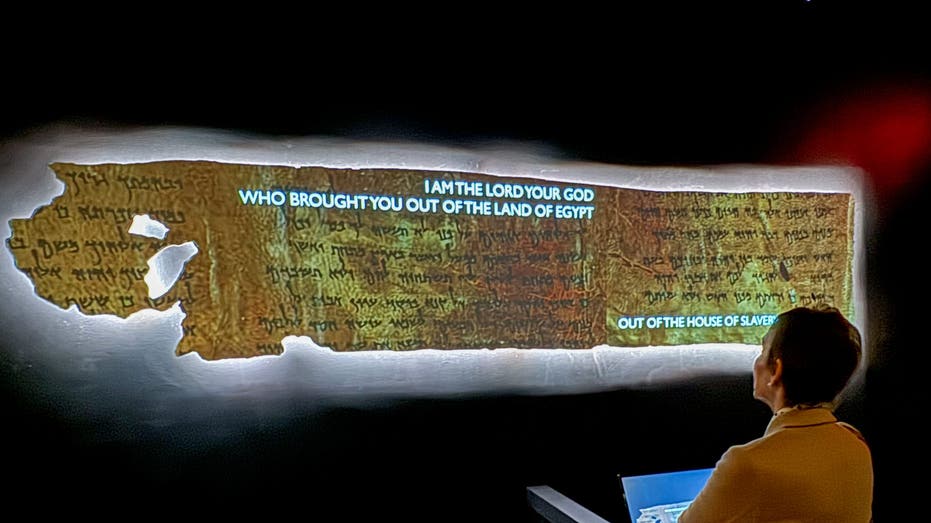- by foxnews
- 07 Apr 2025
Reliance on Australia’s military during natural disasters comes at a cost, senator says
Reliance on Australia’s military during natural disasters comes at a cost, senator says
- by theguardian
- 25 Apr 2023
- in news

Australia needs to rethink how it uses its defence force for natural disasters, reserving its troops for conflict and limiting their deployment except for in the most extreme events, according to the government's special envoy for disaster recovery, senator Tony Sheldon.
After the release of the defence strategic review on Monday, the senator also said the government should help locals respond to emergencies before considering creating a new civilian agency.
"Defence should be the force of last resort for domestic aid to the civil community, except in extreme circumstances," it said.
In response, the government acknowledged that the ADF helping with natural disasters "comes at a cost to force preparedness".
On Monday the prime minister, Anthony Albanese, told reporters in Canberra the call for disaster response capability separate to defence was "a serious suggestion" because "the role of the Australian defence force is primarily not to deal with our natural disasters and those domestic issues".
"And we know that one of the national security issues we're dealing with is climate change, because climate change is resulting in, as the science predicted, more frequent and more intense natural disasters."
Albanese flagged "further consideration of how we deal with these natural disasters".
The Albanese government has allocated $200m a year from the disaster ready fund for disaster prevention and resilience, including $38.3m for the veteran-led Disaster Relief Australia to reduce pressure on the ADF.
Sheldon, who is deputy chair of the Senate's Australian disaster resilience inquiry, said that allocation was "the first very important step to re-localising the response" to disasters.
To reduce pressure on the ADF, he said, "we have to work out how we can cascade up from local communities, to regions, to state governments, to national response as incidents become more and more serious".
Sheldon said climate change and the increased number of humanitarian disasters were "putting pressure on local communities, regional communities, state governments, and the national government, including calling on, in too many circumstances, the ADF resources, that could otherwise be held ready for its first priority, and that's defence of the country".
In October the emergency minister, Murray Watt, suggested the government may be considering building up a semi-professional workforce to manage natural disasters and lessen reliance on the defence forces during catastrophic floods and bushfires.
On Monday the defence minister, Richard Marles, told Sky News "when there are Australians in an emergency situation, the ADF will always be there to support - and nobody is talking about changing that".
Marles said the federal government must ensure the ADF is "always the last call to be made, not the first", promising to "work more with states and territories around bolstering their resilience so they can respond in the first instance to as much of what comes from these disasters as possible".
The shadow defence minister, Andrew Hastie, agreed with this recommendation, saying the ADF's "core mission is to defend Australia and win our wars, so they must maintain that focus".
"They have a role to play assisting civil authorities but their main focus should always be war fighting and defending this country," he told Sky News.
Senator Jacqui Lambie, the inquiry's chair, told the Hobart Mercury on Friday that Australia was at risk because of increasing reliance on the ADF for disaster relief.
"What are we going to do if there's a war going on, and we haven't got any military?" she reportedly said.
- by foxnews
- descember 09, 2016
Ancient Ten Commandments fragment of 2,000-year-old manuscript to go on display at Reagan Library
The "Dead Sea Scrolls" exhibit, announced at the Ronald Reagan Presidential Library and Museum, features ancient Jewish manuscripts, plus the rarely seen Ten Commandments Scroll.
read more


